
Improved screening practices have lead to a dramatic increase in the diagnosis of ductal carcinoma in situ (DCIS) over the past 40 years.

Your AI-Trained Oncology Knowledge Connection!


Improved screening practices have lead to a dramatic increase in the diagnosis of ductal carcinoma in situ (DCIS) over the past 40 years.

Few areas in breast disease elicit as much controversy as the management of DCIS. The review by Sanders and Simpson, “Can We Know What to Do When DCIS Is Diagnosed?”

It is ironic that while huge strides have been made in the treatment of invasive breast carcinoma, resulting in breast conservation for many women, the most appropriate treatment of noninvasive breast carcinoma remains a topic of hot debate.

Since 1990, death rates from breast cancer have decreased, mainly in women younger than 50 years of age (3.3% per year) vs women aged 50 years or older (2% per year), reflecting the benefit of widespread use of systemic treatment added to early detection.[1]
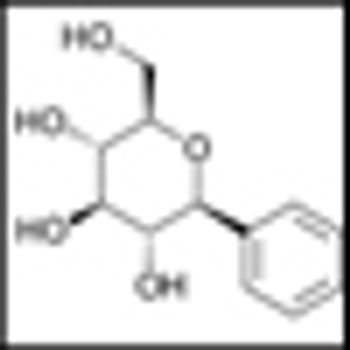
Dapagliflozin, the experimental diabetes medication being developed by Bristol-Myers Squibb and AstraZeneca was found to raise the risk of both bladder and breast cancers. The data were presented at the American Diabetes Association Meeting in San Diego, Calif. at the end of June.

Personalized cancer care is generally thought of as using molecular information from tumors in order to identify which therapeutic agents will be most effective in a given patient.

The Early Breast Cancer Trialists' Collaborative Group overviews published in 2005 confirm that local control in breast cancer matters, and they highlight that achieving local control in the modern era is not improved simply by more extensive surgery but instead by the combination of surgery, systemic and hormonal chemotherapies, and radiation therapy.[1,2]
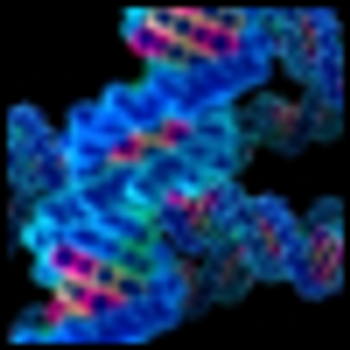
Researchers at the Institute for Cancer Research (ICR) in London, driven by the unmet need of personalized cancer treatments for a greater subset of tumors have identified genes in breast tumor cells that sustain and grow the tumors that are potential targets for drug development.

Scientists at the NCI have designed a novel protein, HER2-Affitoxin, aimed to treat HER2-positive breast cancer. In vitro experiments and mouse breast cancer models show that the agent is highly effective in eradication of HER2-over expressing cancer cell as well as tumors in mice.
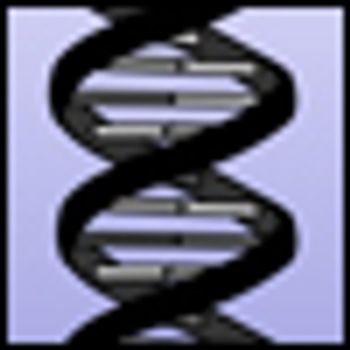
Many doctors do not properly adhere to current guidelines for offering breast and ovarian cancer counseling and testing services to their female patients, according to a new study from the Division of Cancer Prevention and Control at the CDC.
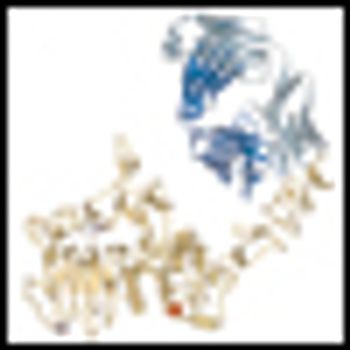
Results from a prospective study of 1023 newly-diagnosed HER2-positive metastatic breast cancer patients show that treatment with trastuzumab (Herceptin) and chemotherapy independently resulted in statistically significant improvement in median overall survival from the time central nervous system (CNS) metastases were diagnosed.

Albright HW, Moreno M, Feeley TW, et al: The implications of the 2010 patient protection and affordable care act and the health care and education reconciliation act on cancer care delivery. Cancer 117(8):1564–1574, 2011. Aranda S, Jefford M, Yates P, et al: Impact of a novel nurse-led prechemotherapy education intervention on patient distress, symptom burden, and treatment-related information and support needs: Results from a randomized, controlled trial. Ann Oncol April 6, 2011 (Epub ahead of print). Baldridge KH, Andrasik F: Pain assessment in people with intellectual or developmental disabilities. Am J Nurs 110(12):28–35, 2010. Barton D: Oral agents in cancer treatment: The context for adherence. Semin Oncol Nurs 27(2):104–115, 2011. Beadle G, Mengersen K, Moynihan S, et al: Perceptions of the ethical conduct of cancer trials by oncology nurses. Eur J Cancer Care (Engl) April 19, 2011 (Epub ahead of print). Bergstrom KJ: Assessment and management of fungating wounds. J Wound Ostomy Continence Nurs 38(1):31–37, 2011. [No abstract available.] Carrion IV, Park NS, Lee BS: Hospice use among African Americans, Asians, Hispanics, and whites: Implications for practice. Am J Hospice Palliat Care June 1, 2011 (Epub ahead of print). Chou PL, Lin CC: A pain education programme to improve patient satisfaction with cancer pain management: A randomized control trial. J Clin Nurs 20(13-14):1858–1869, 2011. D'Agostino NM, Penney A, Zebrack B: Providing developmentally appropriate psychosocial care to adolescent and young adult cancer survivors. Cancer 117(10 Suppl):2329–2334, 2011. Dickerson SS, Alqaissi N, Underhill M, et al: Surviving the wait: Defining support while awaiting breast cancer surgery. J Adv Nurs 67(7):1468–1479, 2011. Doorenbos AZ, Kundu A, Eaton LH, et al: Enhancing access to cancer education for rural healthcare providers via telehealth. J Cancer Educ February 20, 2011 (Epub ahead of print). Edmonds K, Hull D, Spencer-Shaw A: Strategies for assessing and managing the adverse events of sorafenib and other targeted therapies in the treatment of renal cell and hepatocellular carcinoma: Recommendations from a European nursing task force. Eur J Oncol Nurs June 2, 2011 (Epub ahead of print). Eggert J: The biology of cancer: What do oncology nurses really need to know? Semin Oncol Nurs 27(1):3–12, 2011. Ferrell B, Koczywas M, Grannis F, et al: Palliative care in lung cancer. Surg Clin North Am 91(2):403–417, 2011. Fitch MI: Screening for distress: A role for oncology nurses. Curr Opin Oncol 23(4):331–337, 2011. Grant MS, Wiegland DL: Palliative care online: A pilot study on a pancreatic cancer website. J Palliat Med 14(7):846–851, 2011. Harrison SE, Watson EK, Ward AM, et al: Primary health and supportive care needs of long-term cancer survivors: A questionnaire survey. J Clin Oncol 29(15):2091–2098, 2011. Hawley P, Barwich D, Kirk L: Implementation of the Victoria Bowel Performance Scale. J Pain Sympt Manage May 25, 2011 (Epub ahead of print). Head BA, Keeney C, Studts JL, et al: Feasability and acceptance of a telehealth intervention to promote symptom management during treatment for head and neck cancer. J Support Oncol 9(1):e1–e11, 2011. Johnson JR, Ning YM, Farrell A, et al: Accelerated approval of oncology products: The food and drug administration experience. J Natl Cancer Inst 103(8):636–644, 2011. Kamimura A, Schneider K, Lee CS, et al: Practice environments of nurses in ambulatory oncology settings: A thematic analysis. Cancer Nurs March 2, 2011 (Epub ahead of print). Klastersky J, Awada A, Paesmans M, et al: Febrile neutropenia: A critical review of the initial management. Crit Rev Oncol Hematol 78(3):185–194, 2011. Kohler BA, Ward E, McCarthy BJ, et al: Annual report to the nation on the status of cancer, 1975–2007, featuring tumors of the brain and other nervous system. J Natl Cancer Inst 103(9):714–736, 2011. Kolins JA, Zbylut C, McCollom S, et al: Hematopoietic stem cell transplantation in children. Crit Care Nurs Clin North Am 23(2):349–376, 2011.Kopterides P, Liberopoulos P, Ilias I, et al: General prognostic scores in outcome prediction for cancer patients admitted to the intensive care unit. Am J Crit Care 20(1):56–66, 2011. Langford DJ, Tripathy D, Paul SM, et al: Trajectories of pain and analgesics in oncology outpatients with metastatic bone pain. J Pain 12(4):495–507, 2011. Lehto R, Therrien B: Death concerns among individuals newly diagnosed with lung cancer. Death Stud 34(10):931–946, 2010. Lester J, Bernhard L, Ryan-Wenger N: A self-report instrument that describes urogenital atrophy symptoms in breast cancer survivors. Western J Nursing Res December 22, 2010 (Epub ahead of print). Lin MF, Hsieh YJ, Hsu YY, et al: A randomized controlled trial of the effect of music therapy and verbal relaxation on chemotherapy-induced anxiety. J Clin Nurs 20(7-8):988–999, 2011. Linsky A, Nyambose J, Battaglia TA: Lifestype behaviors in Massachusetts adult cancer survivors. J Cancer Surviv 5(1):27–34, 2011. Liu YC, Su PY, Chen CH, et al: Facing death, facing self: Nursing students' emotional reactions during an experiential workshop on life-and-death issues. J Clin Nurs 20(5-6):856–863, 2011. Lopez V, Copp G, Brunton L, et al: Symptom experience in patients with gynecological cancers: The development of symptom clusters through patient narratives. J Support Oncol 9(2):64–71, 2011. Lyman GH: Venous thromboembolism in the patient with cancer: Focus on burden of disease and benefits of thromboprophylaxis. Cancer 117(7):1334–1349, 2011. Mao JJ, Palmer CS, Healy KE, et al: Complementary and alternative medicine use among cancer survivors: A population-based study. J Cancer Surviv 5(1):8–17, 2011. Mayer DK, Travers D, Wyss A, et al: Why do patients with cancer visit emergency departments? Results of a 2008 population study in North Carolina. J Clin Oncol29(19):2683–2688, 2011. McCorkle R, Ercolano E, Lazenby M, et al: Self-management: Enabling and empowering patients living with cancer as a chronic illness. CA Cancer J Clin 61(1):50–62, 2011. McCorkle R: Interdisciplinary collaboration in the pursuit of science to improve psychosocial cancer care. Psychooncology 20(5):538–537, 2011. McQuestion M: Evidence-based skin care management in radiation therapy: Clinical update. Semin Oncol Nurs 27(2):e1–e17, 2011. Meraviglia MG, Stuifbergen A: Health-promoting behaviors of low income cancer survivors. Clin Nurse Spec 25(3):118–124, 2011. Nieder C, Spanne O, Mehta MP, et al: Presentation, patterns of care, and survival in patients with brain metastases. Cancer 117(11):2505–2512, 2011. Nogai H, Dorken B, Lenz G: Pathogenesis of non-Hodgkin's lymphoma. J Clin Oncol 29(14):1803–1811. Norlyk A, Harder I: Recovering at home: Participating in a fast-track colon cancer surgery programme. Nursing Inq 18(2):165–173, 2011. Oh HS, Seo WS: Systematic review and meta-analysis of the correlates of cancer-related fatigue. Worldviews Evid Based Nurs February 22, 2011 (Epub ahead of print). Potter P, Eisenberg S, Cain KC, et al: Orange interventions for symptoms associated with dimethyl sulfoxide during stem cell reinfusions: A feasibility study. Cancer Nurs March 2, 2011 (Epub ahead of print). Shi Q, Smith TG, Michonski JD, et al: Symptom burden in cancer survivors 1 year after diagnosis. Cancer 117(2):2779–2790, 2011. Sussman J, Howell D, Bainbridge D, et al: The impact of specialized oncology nursing on patient supportive care outcomes. J Psychosocial Oncol 29(3):286–307, 2011. Syrjala KL, Artherholt SB, Kurland BF, et al: Prospective neurocognitive function over 5 years after allogeneic hematopoietic cell transplantation for cancer survivors compared with matched controls at 5 years. J Clin Oncol 29(17):2397–2404, 2011. Teuffel O, Amir E, Alibhai S: Cost effectiveness of outpatient treatment for febrile neutropenia in adult cancer patients. Brit J Cancer 104(9):1377–1383, 2011. Trip K, Boloorchi A, Berman H: Utilizing the Canadian Emergency Department Triage and Acuity Scale (CTAS) in an oncology unit urgent care clinic: The university health network experience. Can Oncol Nurs J 21(1):52–57, 2011. Twomey J: Ethical, legal, psychosocial and cultural implications of genomics for oncology nurses. Semin Oncol Nurs 27(1):54–63, 2011. Whitmer K, Pruemer J, Wilhelm C, et al: Development of an outpatient oncology symptom management clinic. Clin J Oncol Nurs 15(2):175–179, 2011. Williams PD, Williams K, Lafaver-Roling S, et al: An intervention to manage patient-reported symptoms during cancer treatment. Clin J Oncol Nurs 15(3):253–258, 2011. Winters-Stone KM, Dobek J, Nail L, et al: Strength training stops bone loss and builds muscle in postmenopausal breast cancer survivors: A randomized, controlled trial. Breast Cancer Res Treat 127(2):447–456, 2011.

Researchers at the Vanderbilt-Ingram Cancer Center and the Vanderbilt University School of Medicine have parsed the large and heterogeneous triple-negative breast cancer (TNBC) category of patients into 6 molecularly distinct subgroups. This may be an important step towards delineating these patients as specific genetic subtypes to channel them to appropriate targeted therapy trials.
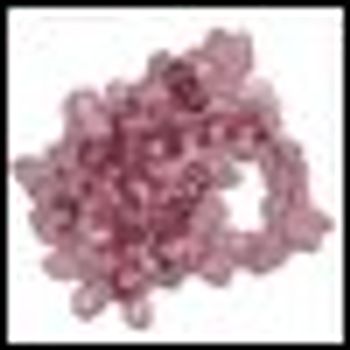
Triple-negative breast cancer (TNBC) continues to carry a poor prognosis. However, novel prognostic and potentially predictive biomarkers may soon improve that bleak outlook, according to a series of studies presented on Saturday at the American Society of Clinical Oncology (ASCO) Annual Meeting in Chicago.

Live coverage of the ASCO session on PARP inhibitors and DNA repair, with speakers Michael Kastan, Judy Garber, and Elisabeth Plummer.

A study published online on May 10, 2011 in the British Journal of Cancer has shown evidence for a new prognostic factor in breast cancer: an increase in cancer stem cell population after primary systemic therapy. The study results indicate that putative cancer stem cells may be chemoresistant to conventional anthracycline-based chemotherapy and may have a role in disease progression following chemotherapy treatment.

Melanie Bone, MD, was not yet 40 years old and had four young children when she was diagnosed with stage III breast cancer. “Even though I am a doctor and surgeon, I learned firsthand about the side effects of cancer treatment,” said Dr. Bone, a nutritional gynecologist. “I was too sick to work, so I spent time thinking about how to make the cancer experience easier for future cancer patients.”

David Mankoff speaks on new developments in imaging and recommends ASCO sessions on imaging clinical trials.
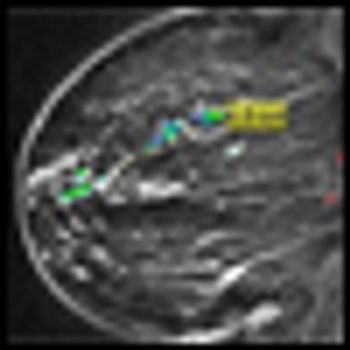
A 57-year-old patient presents for evaluation of right nipple discomfort. The patient has family history of a mother and sister with premenopausal breast cancer.

In 2004, Dr. Leisha Emens and I reviewed the use of trastuzumab (Herceptin), the monoclonal antibody directed against the HER2 protein, in the treatment of breast cancer.
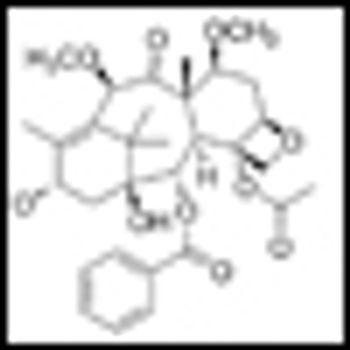
A 33-patient Phase 1/2 study in Europe published in the European Journal of Cancer has shown that a new chemotherapy combo of a novel taxoid, cabazitaxel, and capectiabine shows promise in previously treated metastatic breast cancer patients.
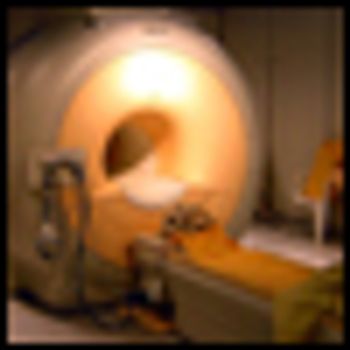
In a prospective study published online first on March 28, 2011 in the Journal of Clinical Oncology, researchers have shown, for the first time, that annual MRI screenings can reduce breast cancer-related mortality in women with a BRCA1 or BRCA2 mutation.

Many historical evolutions of concepts have emerged regarding lobular neoplasia (LN) since 1865, when Cornil first described this entity as “intraepithelial breast carcinoma in lobules.

Breast cancers of lobular histology are not frequently encountered, but are nevertheless the second most common histologic subtype of breast cancer after ductal adenocarcinoma.

A 40-year-old premenopausal woman with a new diagnosis of invasive lobular carcinoma occurring in a background of lobular carcinoma in situ presents to a multidisciplinary second opinion clinic.